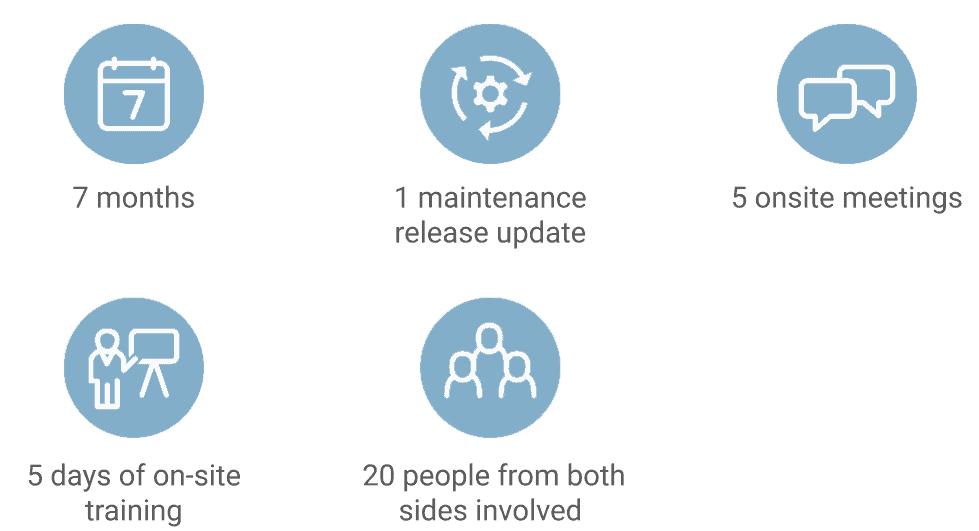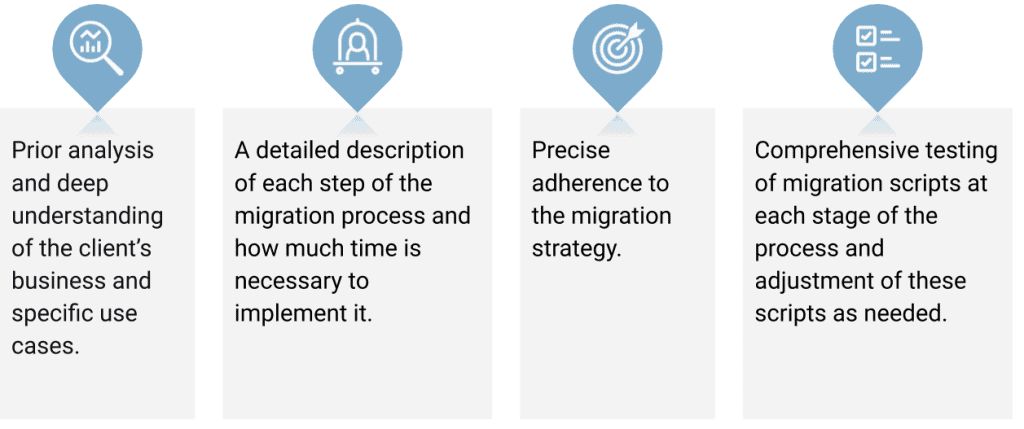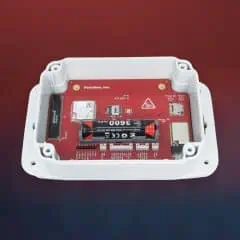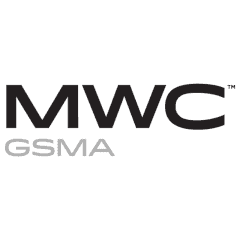Recently, PortaOne successfully performed data migration for Telekom Malaysia Berhad (TM), Malaysia’s national telecommunications services provider, from TM’s legacy solution to PortaSwitch, a more advanced solution from PortaOne, while keeping all the required functionalities and with minimum inconvenience for end-customers.
The migration, embarked on because the existing platform had become obsolete, involved TM’s prepaid calling card service – iTALK – which has almost 500,000 customers.
Business goals
- Replace the obsolete iTALK calling card platform with a new solution;
- Perform data migration and preserve desired functionalities with no impact on existing customers;
- Enable the creation of promo campaigns and attract new customers.
Challenges
A thorough understanding both of the client’s requirements and specific use cases and of PortaSwitch functionalities permitted the PortaOne team to smoothly perform data migration within the initially planned budget and time frame. PortaOne’s professional service provided great benefits, such as:
- Using a customised IVR (Interactive Voice Response) flow for iTALK calling cards. The experience of existing users should continue after the legacy platform is replaced by the new solution.
- Since the majority of service users preferred communicating in the Malay language, the calling IVR’s prompts and announcements would be supported not only in English but also in Malay.
- CDR (Call Detail Record) files are currently used to generate external reports required by TM’s Accounting / Financial Department. For these purposes, the CDR file format in PortaSwitch has to be customised to contain additional fields: type of service used, calling plan code, and so on.
Data migration service
The migration project started in May 2019 with an evaluation of iTALK services. PortaOne engineers carefully investigated the existing products, analysed tariffs, billing options and use cases, performed interoperability tests and mapped the data to the functionalities provided by PortaSwitch. Based on the results of this analysis, PortaOne presented a migration strategy action plan, with a detailed description of every stage of the data migration process and the time required to implement it. This precise charting of the migration strategy allowed PortaOne to control each step of the process with no mistakes or undesirable surprises.
The functionalities requested by TM, such as customised IVR flow and CDR files and support for the Malay language, required custom development and further integration with the rest of the PortaSwitch platform. Through PortaOne’s agile development process, the necessary additional modifications to standard functionalities were executed in only two months and successfully delivered in the next long-term supported PortaSwitch release. The next step was then to upgrade the iTALK platform for the corresponding PortaSwitch release and proceed to data migration.
After ensuring that every use case had been analysed and mapped to an updated PortaSwitch functionality, PortaOne’s engineers created migration scripts to import the data from the legacy system to PortaSwitch. These scripts were carefully tested and, upon confirmation of its accuracy, PortaOne also provided onsite personal guidance and support for the process.
The phase of the migration process when data has already been exported from the legacy system but not yet imported to the new platform is a challenging one. To avoid mistakes in the services’ billing function, some downtime was usually scheduled, during which customers were unable to use the full scope of iTALK services. Therefore, it was crucial to complete migration as fast as possible to avoid any inconvenience to the customers.
“Migration time was the main KPI for the project. We carefully tracked the time needed to run the migration scripts at every stage of testing. It helped us to properly evaluate the duration of the migration process, set the correct deadlines and follow them precisely,”
– said Dmytro Lavraniuk, PortaOne business analyst.
Data migration was performed successfully during off-peak periods to minimize downtime and any service interruption to customers. After that, traffic was routed to the new solution: PortaSwitch.
Data migration project

Steps to ensure successful data migration:

Key benefits of PortaOne’s professional service
A thorough understanding both of the client’s requirements and specific use cases and of PortaSwitch functionalities permitted the PortaOne team to smoothly perform data migration within the initially planned budget and time frame. PortaOne’s professional service provided great benefits, such as:
- Saving the time and effort that an in-house development team would have needed to understand PortaSwitch functionalities and then map them to the requested features.
- Maintaining the functionalities required by the client.
- Replacing the service platform without major complaints from existing users.
Through this migration, PortaSwitch was able to assist TM in creating promo campaigns and winning new customers for its iTALK segment, including students at boarding schools and pilgrims for the future Hajj season, for whom iTALK calling cards are a convenient means of keeping in touch with their families.


















